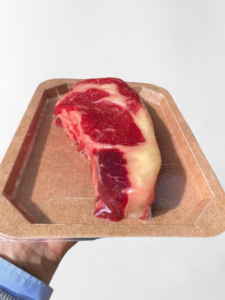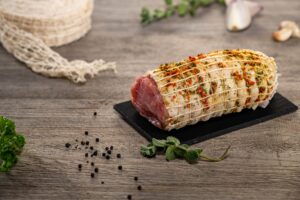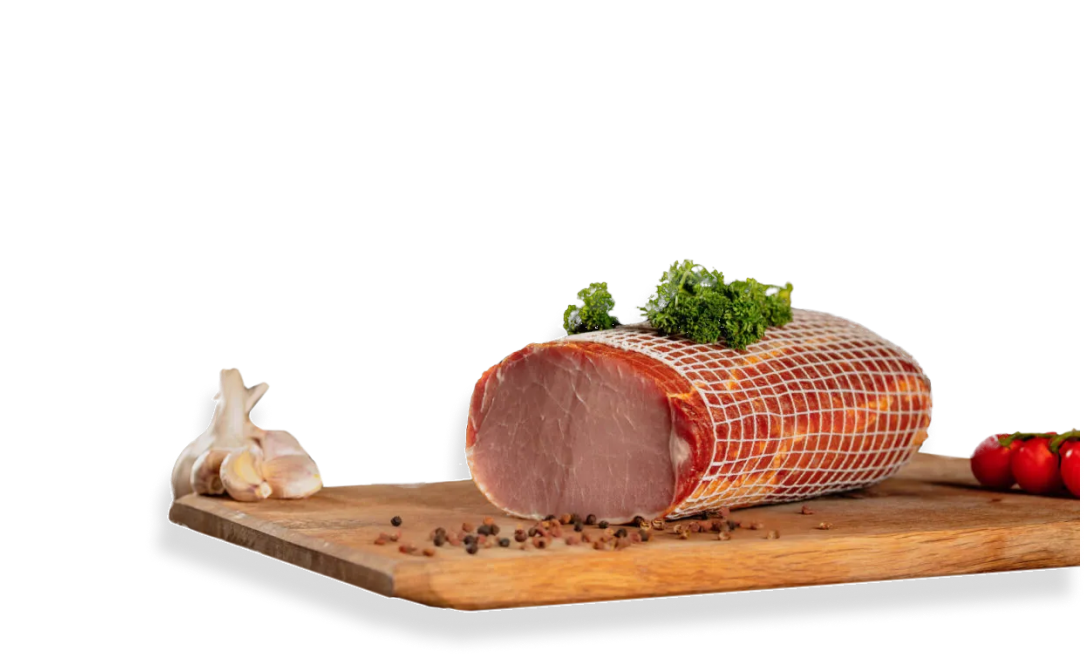What is elastic twine?
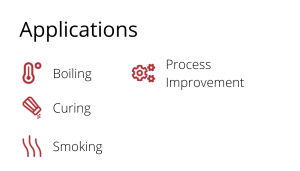 Elastic twine is ideal for tying or trussing many kinds of meat. It works great with roasted chicken and turkey, as well as hams. The twine is composed entirely of food safe yarns and one or more rubber threads. You may put the string in the oven because it is extremely robust and heat resistant. The string has no effect on the taste or color of the meat. The thread can withstand temperatures up to 240°C. Our range of elastic twine was made to make life easier for you and your tying machine. Because of the conical shape, it suits perfectly into the most renowned twine tunnels. Our elastic cord is available in different sizes, strengths, colors and materials.
Elastic twine is ideal for tying or trussing many kinds of meat. It works great with roasted chicken and turkey, as well as hams. The twine is composed entirely of food safe yarns and one or more rubber threads. You may put the string in the oven because it is extremely robust and heat resistant. The string has no effect on the taste or color of the meat. The thread can withstand temperatures up to 240°C. Our range of elastic twine was made to make life easier for you and your tying machine. Because of the conical shape, it suits perfectly into the most renowned twine tunnels. Our elastic cord is available in different sizes, strengths, colors and materials.
Different types of elastic twine
At Greenflex we distinguish our elastic twines based on their number of rubber cores. There are three different kinds of cores. Each of these types have a different force and elongation. Additionally, our elastic twine can be tailor-made using different types of spools depending on your production process.

1-core
- Force: 1 rubber core
- Elongation: 135% - 140% - 160%
- Yarn: polyester
- Color: white or red/white
- Packaging: cone or tube

2-core
- Force: 2 rubber cores
- Elongation: 160% - 210%
- Yarn: polyester
- Color: white
- Packaging: cone or tube

3-core
- Force: 3 rubber cores
- Elongation: 100%
- Yarn: polyester
- Color: wit
- Packaging: cone or tube
How to use elastic twine manually?
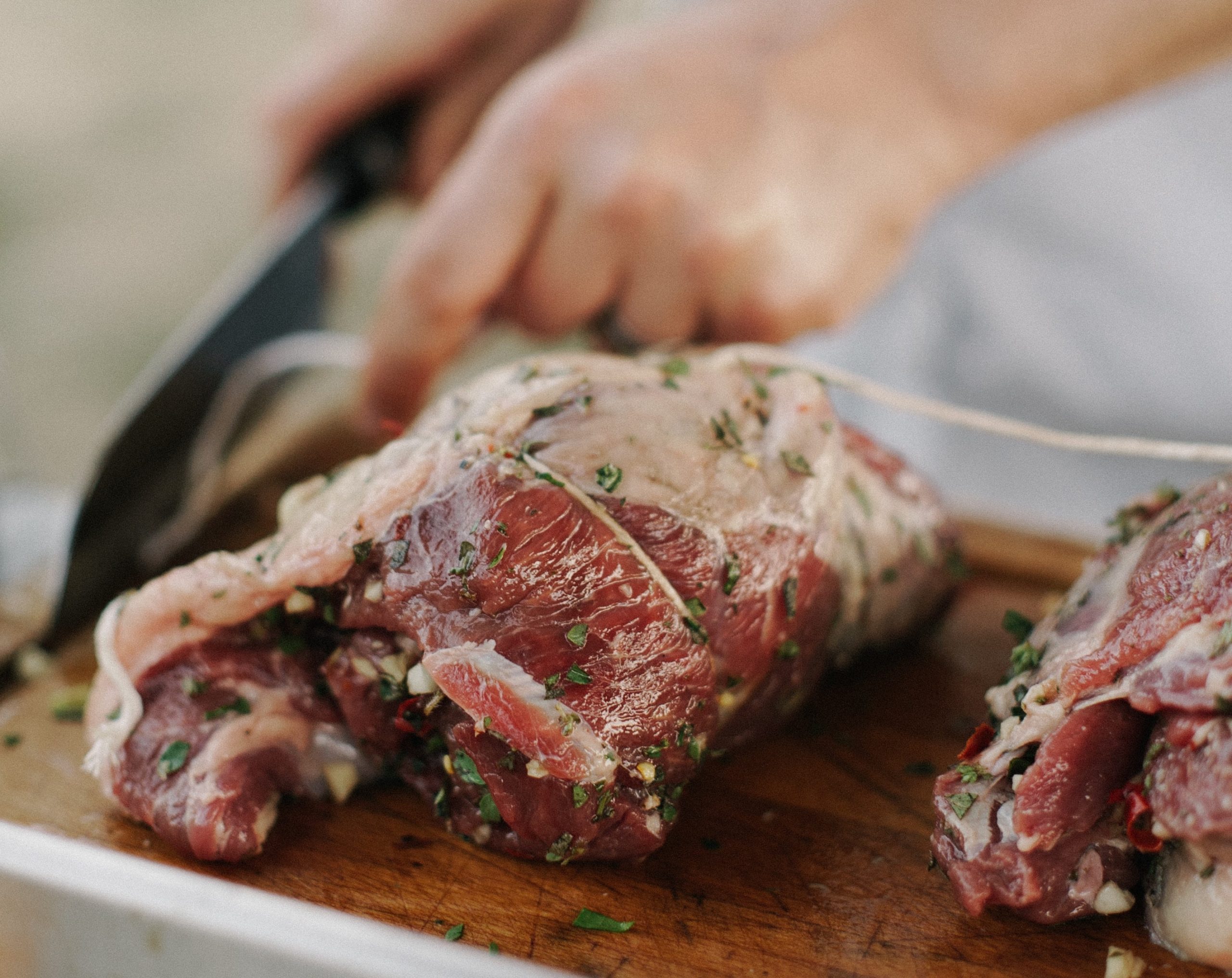 1. Choose a piece of meat.
1. Choose a piece of meat.
2. Cut a long piece of string and wrap it around the meat, tying it. To make a parallel loop, direct the string over the meat, hold it in place, and then guide the rest of the string under the meat.
3. Repeat until the entire piece of meat is knotted. Turn it over and knot the string around the back. Remove any unnecessary string.
Elastic twine machine
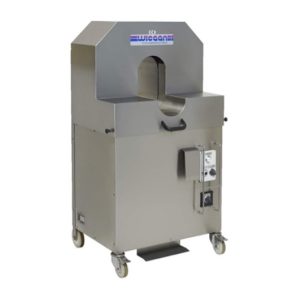 The tunnel tying machine eliminates the time-consuming process of wrapping roasting threads by hand. The twine tunnel ensures optimal tying results and an appealing sales-promoting look of the product, even with uneven bits of meat, whether it’s beef, fish, or poultry, with or without stuffing.
The tunnel tying machine eliminates the time-consuming process of wrapping roasting threads by hand. The twine tunnel ensures optimal tying results and an appealing sales-promoting look of the product, even with uneven bits of meat, whether it’s beef, fish, or poultry, with or without stuffing.
The tunnel ensures that material flows continuously. To be thoroughly knotted, even long rolled roasts do not need to be rotated. The knotting after each tie enables for simple roll roast portioning without the thread falling free.


